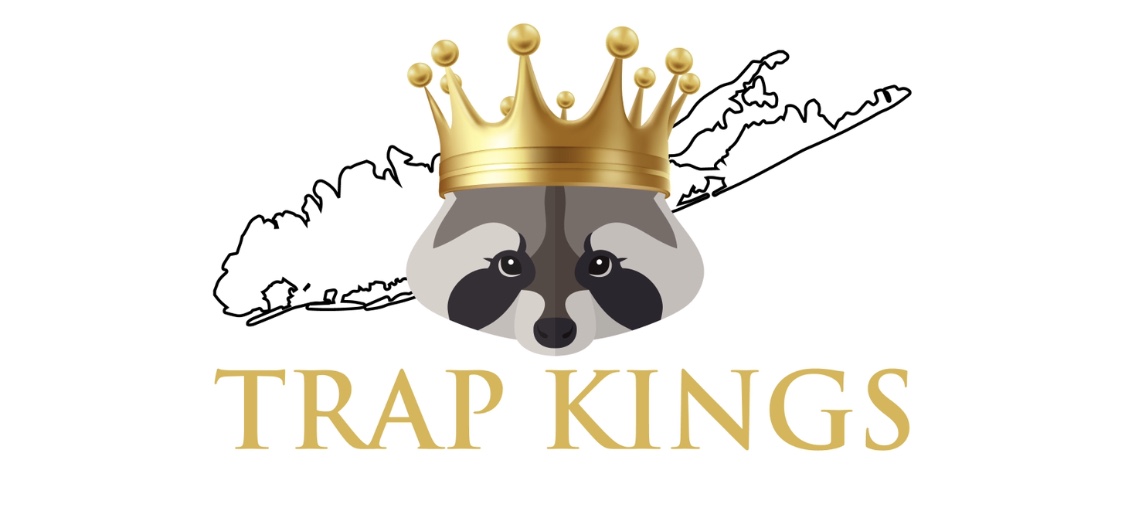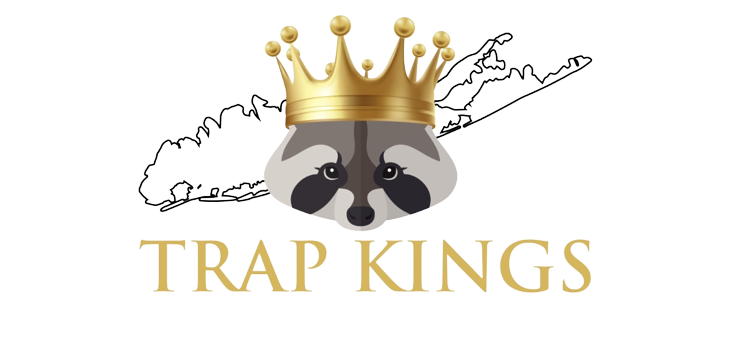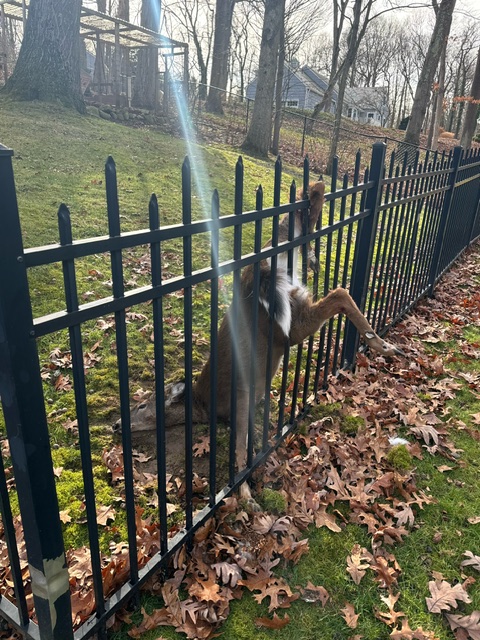
Startled by sudden noises or other factors, these majestic creatures may become entangled in fences, posing a risk to their safety. At Greenshield Pest & Wildlife Removal, our commitment extends beyond pests and wildlife to include compassionate assistance for situations like deer entanglements.
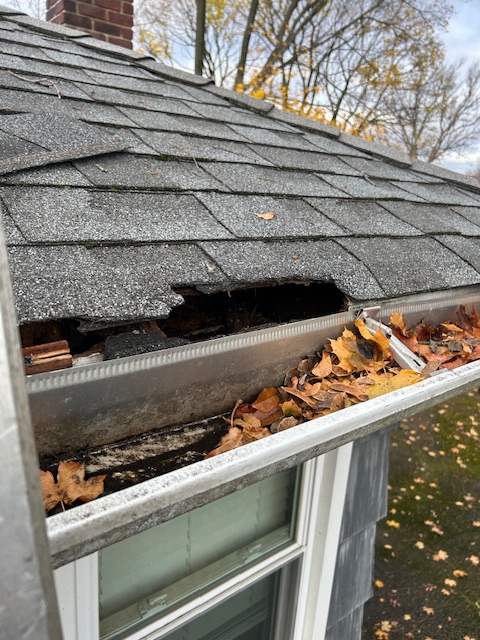
Winter is not a time to let your guard down when it comes to wildlife management. Addressing raccoon intrusions in the winter months is vital to prevent a larger issue in the spring, especially when it involves potential raccoon births in your attic. By taking proactive measures and seeking professional wildlife removal services, homeowners can ensure a peaceful coexistence with nature while safeguarding their property from unwanted furry guests.
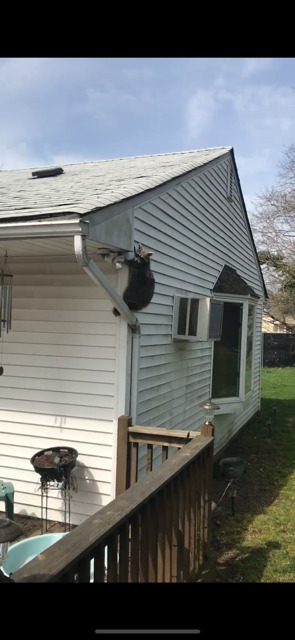
Raccoons, agile climbers, may scale your house, accessing the roof and seeking shelter in attics. Preventative trapping is key to mitigating this risk. By strategically placing traps or securing vulnerable areas, homeowners can deter raccoons and protect their property. Greenshield Pest & Wildlife Removal specializes in humane wildlife management, employing ethical trapping techniques to maintain a harmonious balance between urban living and wildlife, ensuring the safety of both homeowners and these intelligent creatures.
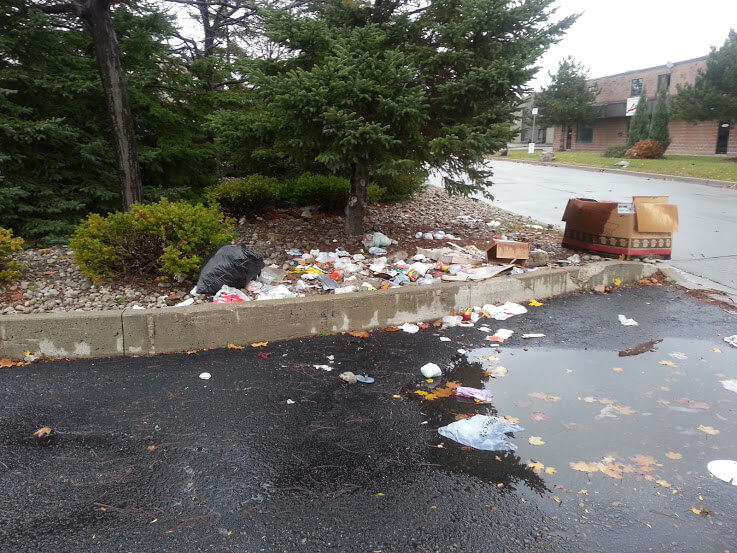
Raccoons adapting to urban and suburban environments often resort to scavenging through garbage cans, causing potential damage. These resourceful creatures, drawn to the scent of food waste, may tip over bins, rip through trash bags, and create a mess in their quest for sustenance. This behavior not only poses a nuisance but also raises concerns about hygiene and property damage. Implementing secure trash disposal methods and seeking professional wildlife management can help mitigate the impact of raccoons in urban and suburban settings.

Raccoons, particularly adult ones, have relatively few natural predators due to their adaptability and resourcefulness. However, they are not completely immune to predation, especially when they are young and vulnerable. Some potential predators of raccoons include:
- Large Birds of Prey: Eagles and large owls are capable of preying on young or smaller raccoons.
- Coyotes: Coyotes are opportunistic predators and may target raccoons, especially if other food sources are scarce.
- Bobcats and Cougars: In regions where these larger wild cats are present, they may pose a threat to raccoons, particularly young ones.
- Foxes: Foxes are omnivores and may view young raccoons as potential prey.
- Large Snakes: In areas with large constrictor snakes, such as pythons or boas, raccoons may be vulnerable, particularly when they are in nests or dens.
- Alligators: In some regions, alligators may prey on raccoons, especially if they come near the water.
It’s important to note that the adaptability of raccoons and their ability to live in urban and suburban environments has reduced the impact of natural predation on their populations. In many cases, the biggest threats to raccoons come from human-related activities, such as vehicle collisions, disease, and conflicts with people and pets.
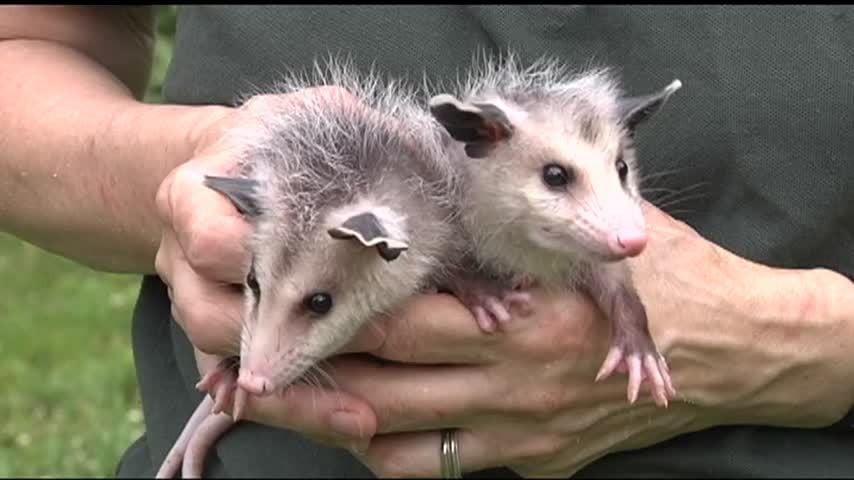
Opossums, often referred to simply as “possums,” are marsupials native to the Americas. Here are some interesting facts about opossums:
- Physical Characteristics:
- Opossums have a distinctive appearance with a pointed face, long snout, and hairless tail. They have a prehensile tail, meaning it can be used to grab onto objects.
- Marsupial Pouch:
- Like kangaroos and koalas, opossums are marsupials. Female opossums have a pouch in which they carry and nurse their underdeveloped young, known as joeys.
- Nocturnal Behavior:
- Opossums are primarily nocturnal, meaning they are most active during the night. They have adapted well to urban environments and are often seen scavenging for food in residential areas.
- Diet:
- Opossums are omnivores with a diet that includes fruits, insects, small mammals, birds, and carrion. They are opportunistic feeders and play a role in controlling insect populations.
- Defense Mechanisms:
- When threatened, opossums may exhibit some interesting defense mechanisms. They might hiss, growl, and show their teeth. If the threat persists, they might play possum, a state of apparent death where they fall limp, excrete a foul-smelling liquid, and emit a stench to deter predators.
- Wide Range of Habitat:
- Opossums are adaptable creatures and can be found in a variety of habitats, including forests, urban areas, and farmlands. They are highly resilient and can tolerate a range of environmental conditions.
- Short Lifespan:
- In the wild, opossums generally have a short lifespan, usually around two to four years. They face various threats, including predators, vehicles, and harsh weather conditions.
- Mating and Reproduction:
- Opossums have a relatively short gestation period of about 12 to 13 days. After birth, the tiny, underdeveloped joeys continue their development in the mother’s pouch before eventually riding on her back as they become more independent.
- Notable Features:
- Opossums have a unique immune system that allows them to resist certain venoms, including those from snakes. Additionally, they have a high tolerance for ticks and are known to groom themselves to remove these parasites.
Opossums play a role in the ecosystem by helping control insect populations and serving as scavengers, but their adaptability to urban environments can sometimes lead to conflicts with humans. If you encounter an opossum, it’s generally best to observe from a distance and allow the animal to go about its business.
